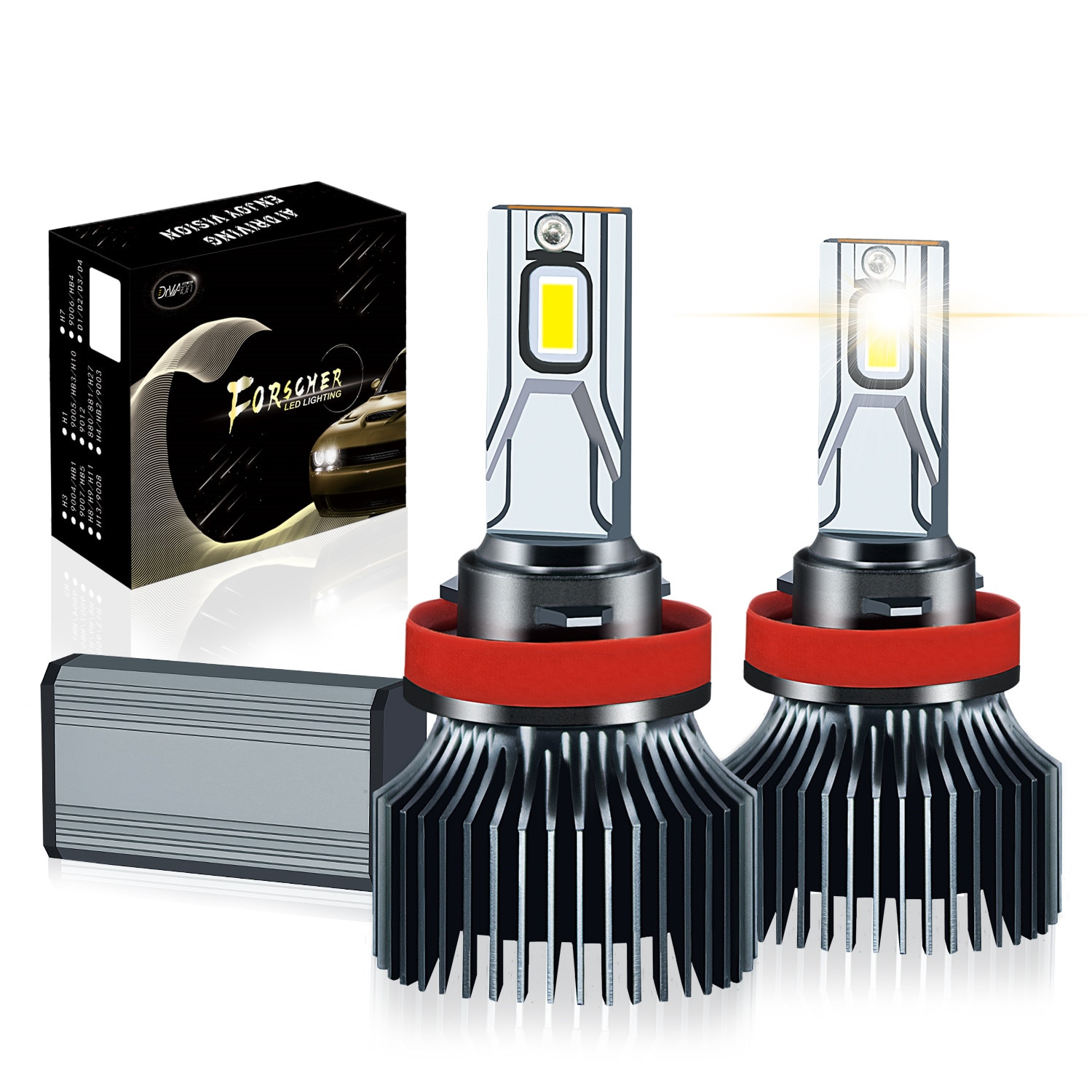

Articles
How Many Lumens Is An H7 Halogen Bulb
Modified: December 7, 2023
Discover the lumens output of H7 halogen bulbs in our comprehensive article. Learn how this affects visibility and choose the right bulb for your needs.
(Many of the links in this article redirect to a specific reviewed product. Your purchase of these products through affiliate links helps to generate commission for Storables.com, at no extra cost. Learn more)
Introduction
Welcome to our article on the lumens output of a H7 halogen bulb. If you have been researching lighting options for your car or are simply curious about the brightness of a H7 halogen bulb, you’ve come to the right place. In this article, we will delve into what exactly a H7 halogen bulb is, explore the concept of lumens and how it relates to brightness, and provide insights into the lumens output of a H7 halogen bulb.
Choosing the right lighting for your vehicle is essential not only for your own visibility but also for the safety of those around you. The brightness of a bulb plays a crucial role in ensuring adequate illumination on the road, especially during nighttime driving or in adverse weather conditions. By understanding the lumens output of a H7 halogen bulb, you can make an informed decision and potentially enhance your driving experience.
So, let’s get started by understanding what exactly a H7 halogen bulb is and how it differs from other bulb types.
Key Takeaways:
- Understanding the lumens output of a H7 halogen bulb is crucial for making informed decisions about your vehicle’s lighting. Despite not having the highest lumens output, H7 halogen bulbs offer sufficient brightness and a comfortable lighting experience on the road.
- Factors such as bulb quality, filament design, voltage stability, and operating temperature can influence the overall performance and longevity of H7 halogen bulbs. Regular maintenance and replacement when necessary are essential for optimal brightness and visibility on the road.
Read more: How Many Lumens Is A H11 Halogen Bulb
What is a H7 Halogen Bulb?
A H7 halogen bulb is a type of automotive headlight bulb commonly used in many vehicles. It is part of the Halogen bulb family, which is known for its reliability, brightness, and affordability. The “H” in H7 stands for Halogen, while the number “7” refers to the specific bulb design and size.
H7 bulbs typically have a single filament inside a quartz glass envelope filled with a halogen gas. The filament is made of tungsten and produces light by heating up when electrical current passes through it. The halogen gas helps to improve the bulb’s efficiency and lifespan by recycling the evaporated tungsten back to the filament.
One of the key advantages of H7 halogen bulbs is their ease of installation. They are designed as a direct replacement for the existing halogen bulbs in your vehicle’s headlights. This means you don’t need any additional modifications or adapters to use H7 bulbs, making them a convenient and cost-effective lighting option.
In addition to their convenience, H7 halogen bulbs are known for their reliability. They have a longer lifespan compared to other bulb types, making them a popular choice among car owners. Another notable feature of H7 halogen bulbs is their ability to produce a warm, yellowish light that closely resembles natural daylight. This improves visibility on the road and reduces eye strain, enhancing overall driving comfort.
Now that we have a basic understanding of what a H7 halogen bulb is, let’s explore the concept of lumens and its significance in determining the brightness of a bulb.
Lumens and Brightness
When it comes to understanding the brightness of a bulb, lumens are the key metric to consider. Lumens measure the total amount of light emitted by a light source, regardless of its direction or angle. In simple terms, lumens help us determine how bright a bulb will appear.
The higher the lumens value, the brighter the light output. For example, a bulb with 1000 lumens will provide more brightness than a bulb with 500 lumens. This measurement is important when choosing the right lighting for different applications, whether it’s for your car’s headlights, household lamps, or outdoor fixtures.
It’s worth noting that lumens are not the same as watts. Watts measure the amount of electrical power consumed by a bulb, while lumens measure the light output. In the past, there was a general correlation between watts and brightness, with higher wattage bulbs typically being brighter. However, with the advent of energy-efficient lighting technologies, such as LEDs and halogens, this correlation no longer holds true.
Understanding lumens is crucial because it allows you to compare different bulbs and make informed decisions based on your specific lighting needs. Whether you require a bulb with high brightness for better visibility on the road or a softer, ambient light for your home, lumens can help guide your choices.
Now, let’s dive into the lumens output of a H7 halogen bulb and explore how it affects the brightness of your vehicle’s headlights.
Lumens of a H7 Halogen Bulb
The lumens output of a H7 halogen bulb can vary depending on the specific bulb brand and model. On average, a H7 halogen bulb will produce around 1500 to 1700 lumens. However, it’s important to note that this value may differ slightly between manufacturers and specific bulb specifications.
While the lumens output of a H7 halogen bulb may not be as high as certain other bulb types, such as HID (High-Intensity Discharge) or LED (Light-Emitting Diode) bulbs, it is still sufficient for normal driving conditions. The yellowish light produced by the H7 halogen bulb is known to provide good visibility and clarity on the road.
It’s worth mentioning that the lumens output can decrease over time as the bulb ages and the tungsten filament gradually wears out. This results in a gradual decrease in brightness, making it essential to regularly check your vehicle’s headlights and replace the bulbs when necessary to maintain optimal visibility.
Additionally, the lumens output of a H7 halogen bulb can also be influenced by the voltage supplied to the bulb. It is important to ensure that the electrical system of your vehicle is in good condition and consistently provides the recommended voltage to the bulb. Any fluctuations in voltage can potentially affect the brightness of the bulb.
It is important to keep in mind that the lumens output of a H7 halogen bulb is just one factor to consider when evaluating the overall performance and effectiveness of your vehicle’s headlights. Other factors, such as the design of the headlight housing and the quality of the reflectors, play a significant role in determining the light distribution and visibility on the road.
Now that we have a better understanding of the lumens output of a H7 halogen bulb, let’s explore some of the factors that can affect the lumens output.
Factors Affecting Lumens Output
Several factors can influence the lumens output of a H7 halogen bulb. Understanding these factors can not only help you make informed decisions when choosing a bulb but also help maintain optimal brightness and performance over time.
Read more: How Many Lumens Is A Halogen Bulb
1. Wattage
The wattage of a H7 halogen bulb directly affects its lumens output. Generally, higher wattage bulbs tend to produce more lumens and therefore offer brighter illumination. However, it’s important to check the vehicle’s specifications and consult the manufacturer’s guidelines to ensure compatibility and safety when considering higher wattage options.
2. Quality of the Bulb
The quality of the H7 halogen bulb can also impact its lumens output. Opting for a reputable and trusted brand can ensure that you receive a bulb that meets strict quality standards and delivers the stated lumens output. Using high-quality bulbs can provide more consistent brightness and longevity.
3. Filament Design
The design of the filament within the H7 halogen bulb can significantly impact the lumens output. Filament design influences how efficiently the bulb produces light and how effectively it distributes light across the reflector and lens of the headlight assembly. Bulbs with advanced filament designs may offer improved brightness and light projection.
4. Voltage Stability
The stability of the voltage supplied to the H7 halogen bulb is crucial for maintaining consistent lumens output. Any fluctuations in voltage can impact the bulb’s performance and lead to variations in brightness. It is important to ensure that the electrical system of your vehicle is in good condition and provides a stable voltage to the bulb.
Read more: What Car Fits An H7 LED Bulb
5. Operating Temperature
The operating temperature of the bulb can affect its overall performance. Excessive heat can cause the filament to wear out more quickly, resulting in a decrease in lumens output over time. It is essential to provide proper cooling and ventilation to the bulb to maintain its brightness and longevity.
By considering these factors and selecting a H7 halogen bulb that meets your specific requirements, you can ensure optimal lumens output and brightness for your vehicle’s headlights.
Now that we have examined the factors that influence lumens output, let’s compare the lumens of H7 halogen bulbs to other bulb types commonly used in automotive lighting.
Comparing Lumens to Other Bulb Types
When it comes to automotive lighting, there are various bulb types available on the market, each with different lumens output and characteristics. Let’s compare the lumens output of a H7 halogen bulb to some other commonly used bulb types.
1. HID (High-Intensity Discharge) Bulbs
HID bulbs are known for their high lumens output and intense brightness. On average, a HID bulb can produce between 3000 to 5000 lumens, making them significantly brighter than H7 halogen bulbs. HID bulbs also have a longer lifespan and consume less energy than halogen bulbs. However, they tend to be more expensive and require additional components and modifications to the vehicle’s electrical system for proper installation.
2. LED (Light-Emitting Diode) Bulbs
LED bulbs have gained popularity in recent years due to their energy efficiency, longevity, and versatility. LED bulbs can produce a wide range of lumens output, from around 1000 to 4000 lumens or even more, depending on the specific bulb. They offer excellent brightness and a crisp, white light. LED bulbs are also known for their durability and resistance to shock and vibration. However, they can be more expensive upfront, although they often provide long-term cost savings due to their energy efficiency and extended lifespan.
Read also: 14 Amazing H7 LED Bulb for 2024
3. Xenon Bulbs
Xenon bulbs, also known as “Xenon gas discharge bulbs,” are another type of high-performance lighting option. They produce a bright, white light and can typically deliver between 2800 to 3500 lumens. Xenon bulbs use electrical arcs to create light and require specialized ballasts to function properly. While they offer excellent brightness, they can be more expensive than H7 halogen bulbs and may require professional installation.
It’s important to consider your specific needs, preferences, and budget when comparing the lumens output of different bulb types. The brightness requirements for your vehicle may vary depending on factors such as driving conditions, road illumination, and personal preference.
While H7 halogen bulbs may not match the high lumens output of HID or LED bulbs, they still provide ample brightness for most driving scenarios. Their warm, yellowish light is known to enhance visibility and provide a familiar, comfortable lighting experience on the road.
Now that we have compared the lumens output of H7 halogen bulbs to other bulb types, let’s conclude our discussion.
Conclusion
In conclusion, understanding the lumens output of a H7 halogen bulb is essential for making informed decisions about your vehicle’s lighting. While H7 halogen bulbs may not have the highest lumens output compared to other bulb types like HID or LED, they still offer sufficient brightness for most driving scenarios. The warm, yellowish light emitted by H7 halogen bulbs provides good visibility and a familiar, comfortable lighting experience on the road.
When considering the lumens output of a H7 halogen bulb, it is important to factor in other aspects such as bulb quality, filament design, voltage stability, and operating temperature. These factors can influence the overall performance and longevity of the bulb.
If you require a higher lumens output or are looking for energy efficiency and longer lifespan, you may consider other bulb types like HID or LED. HID bulbs offer intense brightness and a longer lifespan, while LED bulbs provide energy efficiency and versatility.
Regardless of the bulb type you choose, it’s important to regularly check and maintain your vehicle’s headlights. Monitoring the lumens output and replacing bulbs when necessary will help ensure optimal brightness and visibility on the road.
Ultimately, the decision on which bulb type to use depends on your specific needs, preferences, and budget. Whether you opt for the reliability and affordability of H7 halogen bulbs or choose the enhanced brightness and efficiency of HID or LED bulbs, selecting the right lighting option will contribute to a safer and more enjoyable driving experience.
We hope this article has provided valuable insights into the lumens output of a H7 halogen bulb and its comparison to other bulb types. Remember to consult your vehicle’s specifications and follow the manufacturer’s guidelines when choosing and installing bulbs for your headlights.
Frequently Asked Questions about How Many Lumens Is An H7 Halogen Bulb
Was this page helpful?
At Storables.com, we guarantee accurate and reliable information. Our content, validated by Expert Board Contributors, is crafted following stringent Editorial Policies. We're committed to providing you with well-researched, expert-backed insights for all your informational needs.
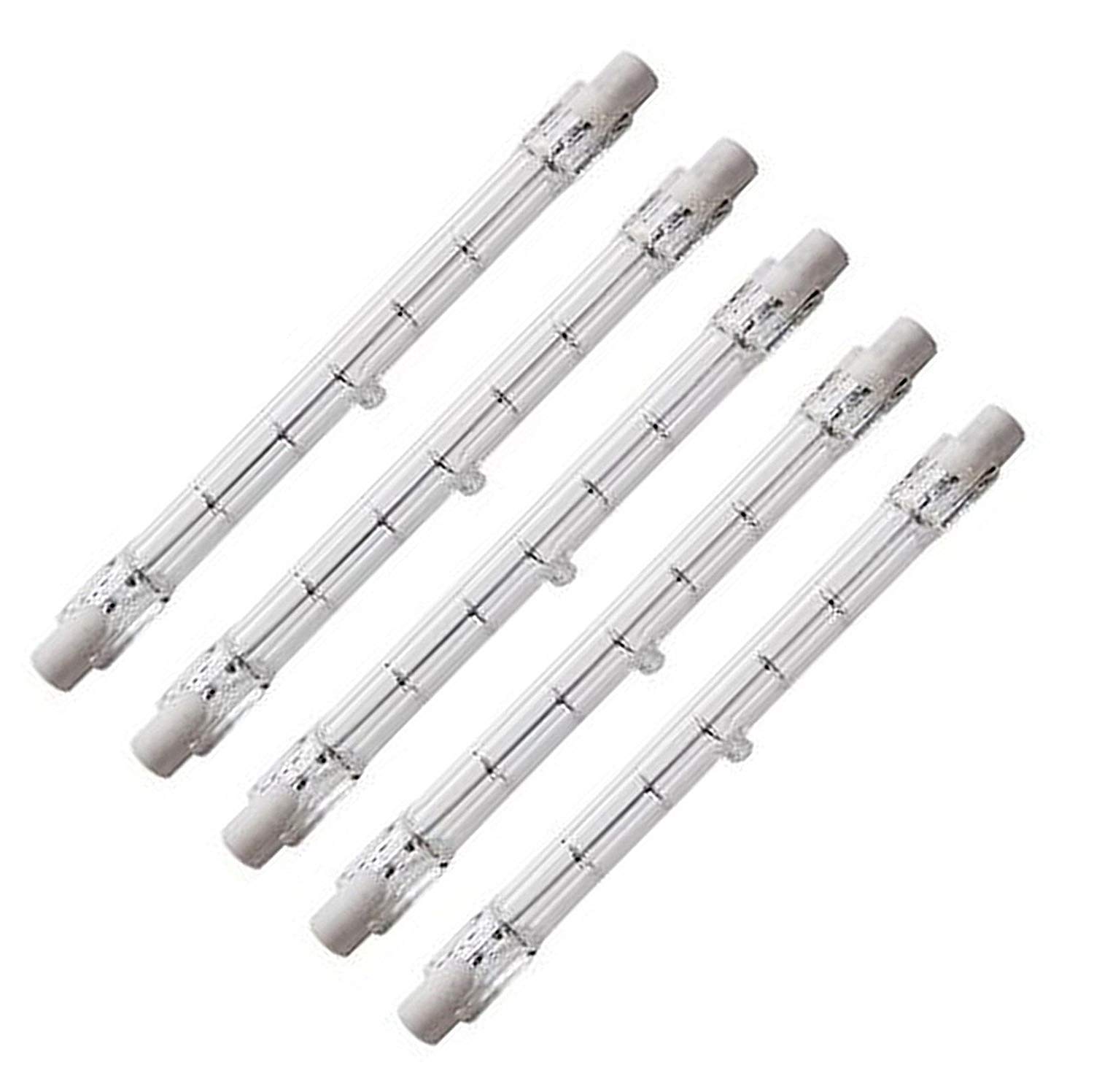
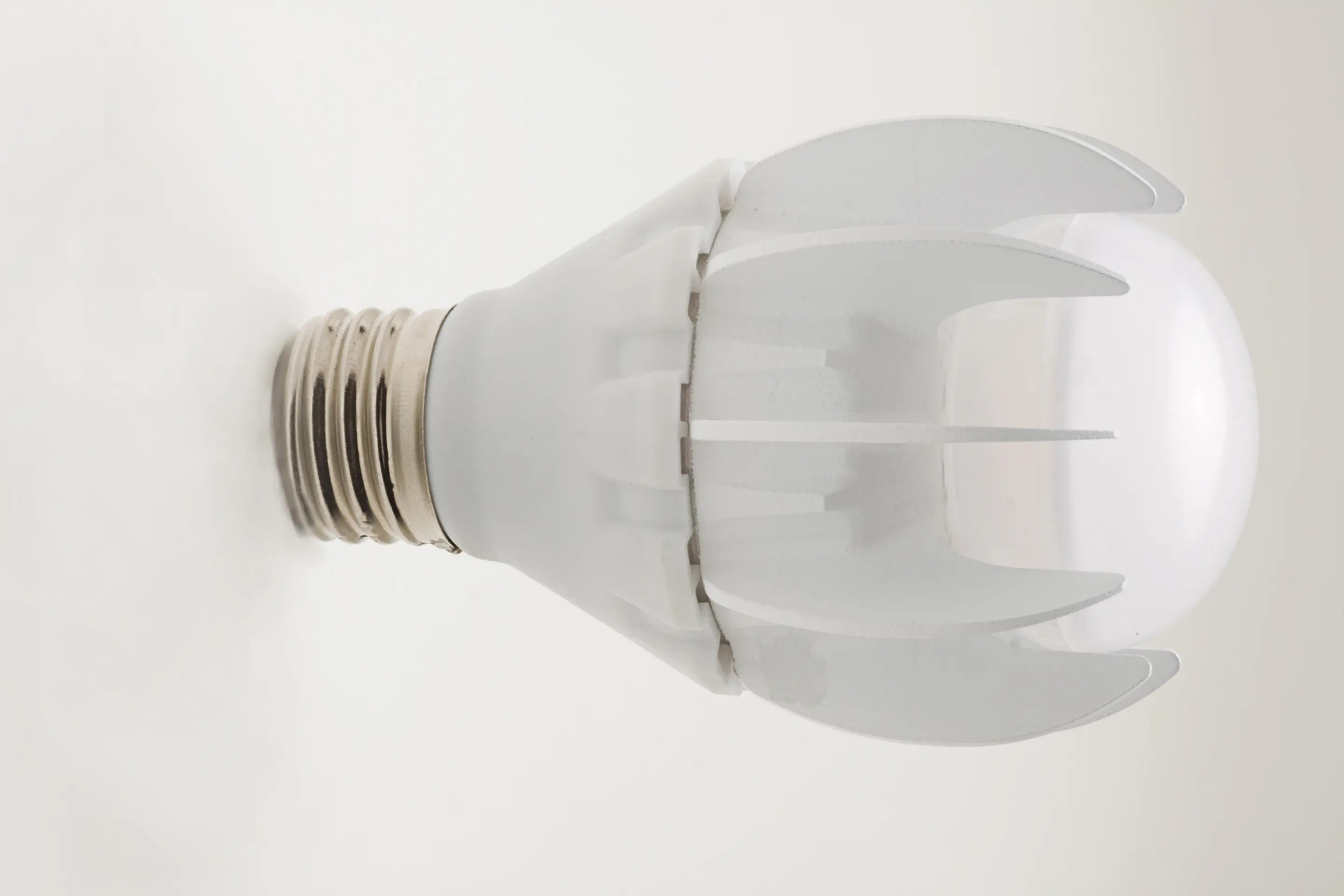
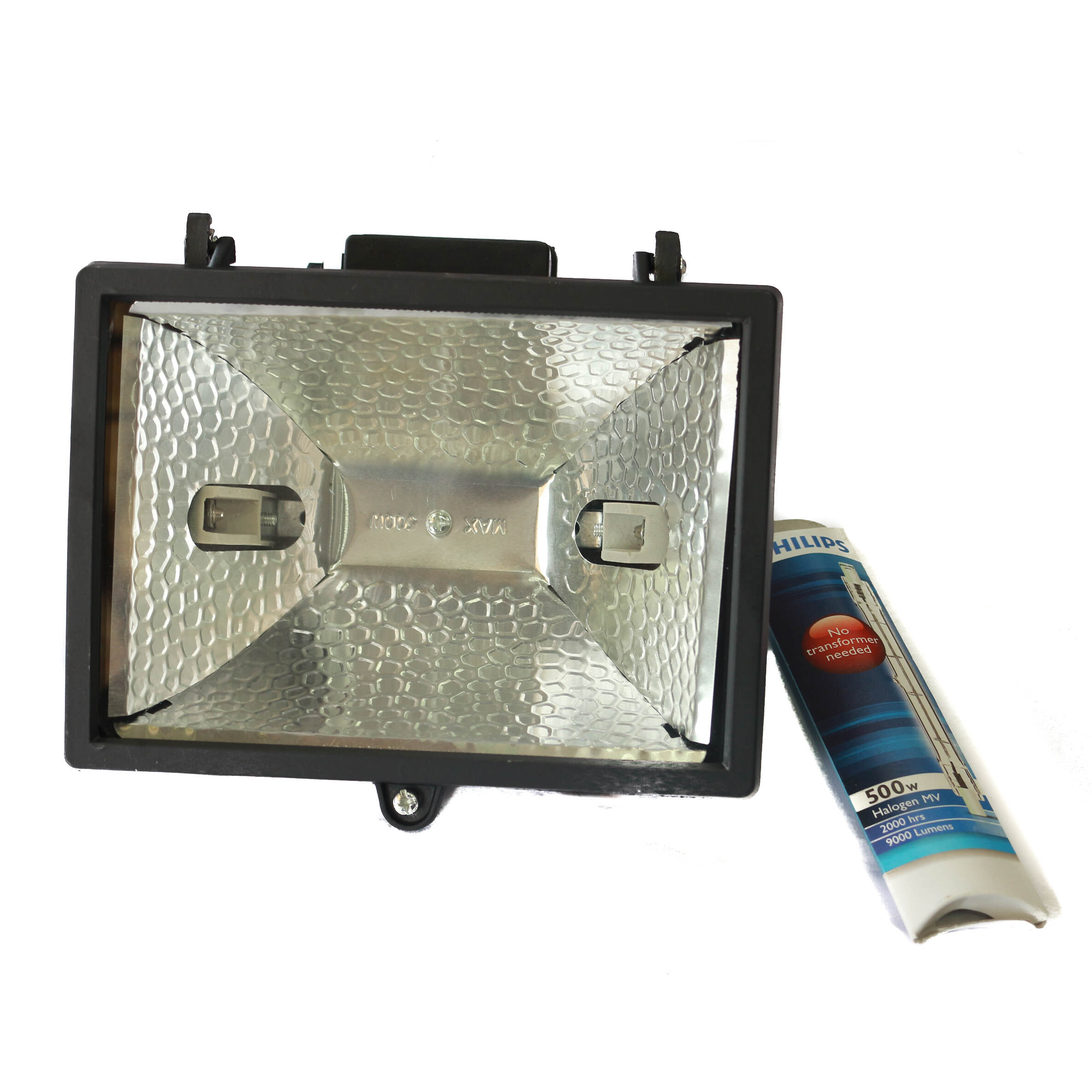
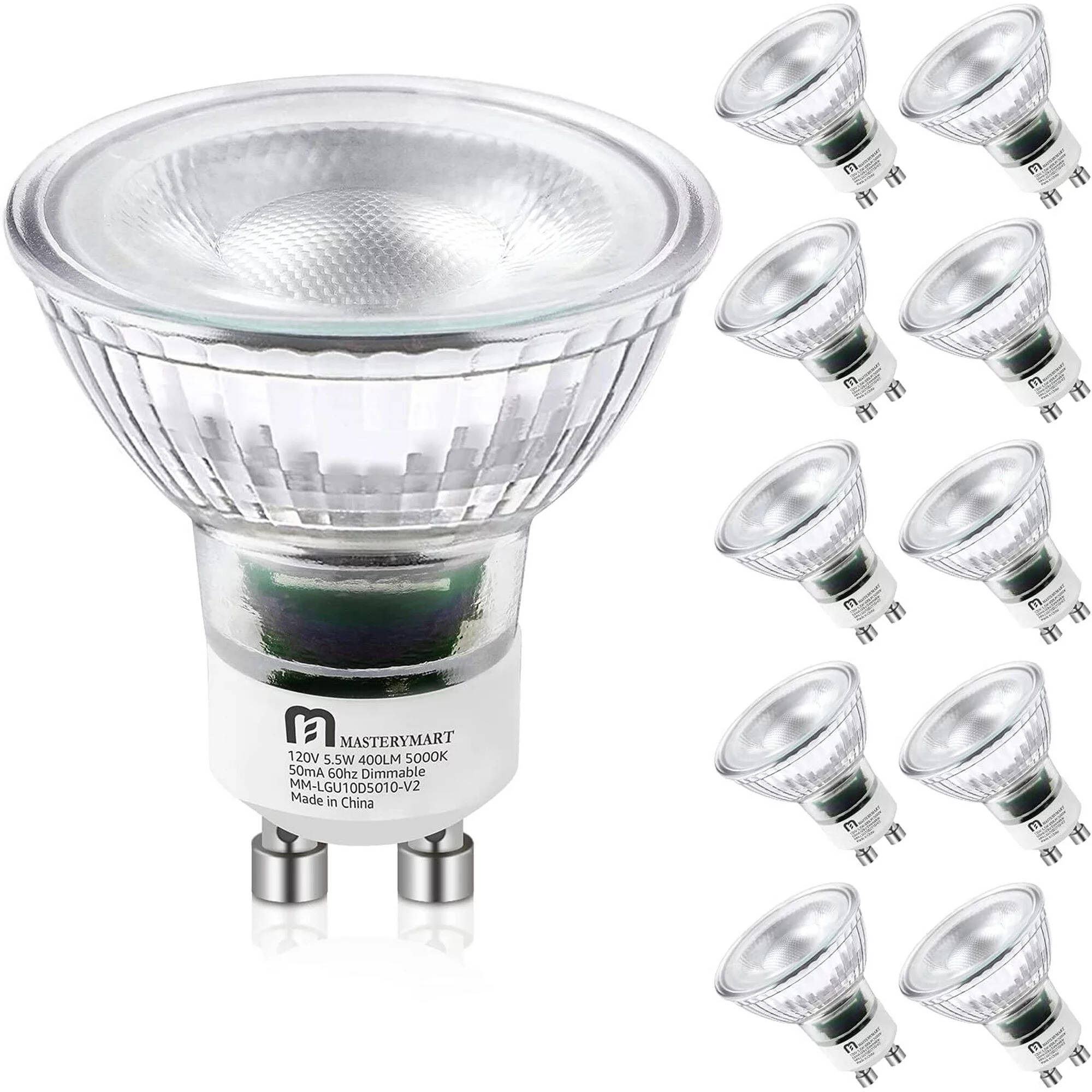
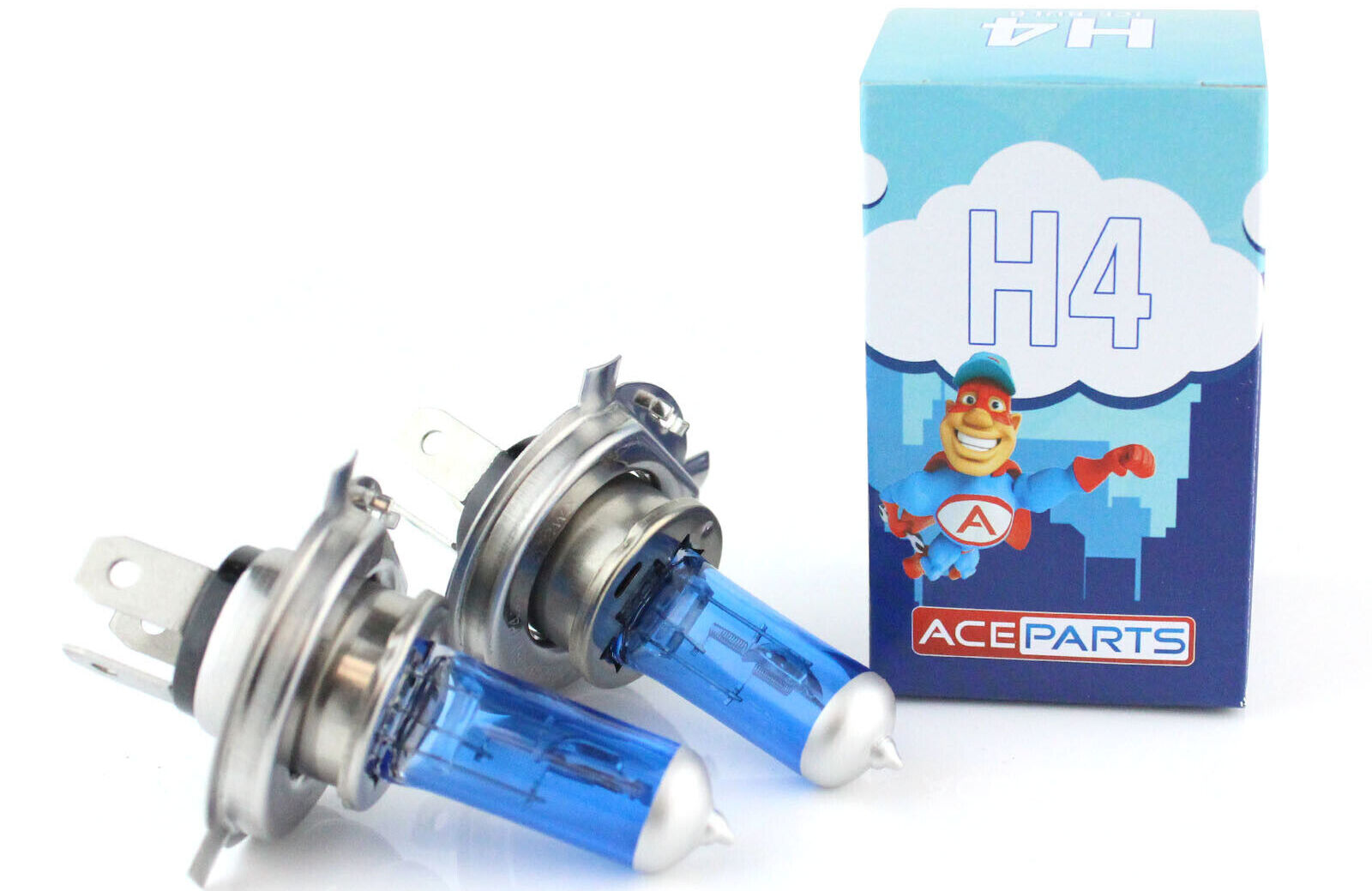
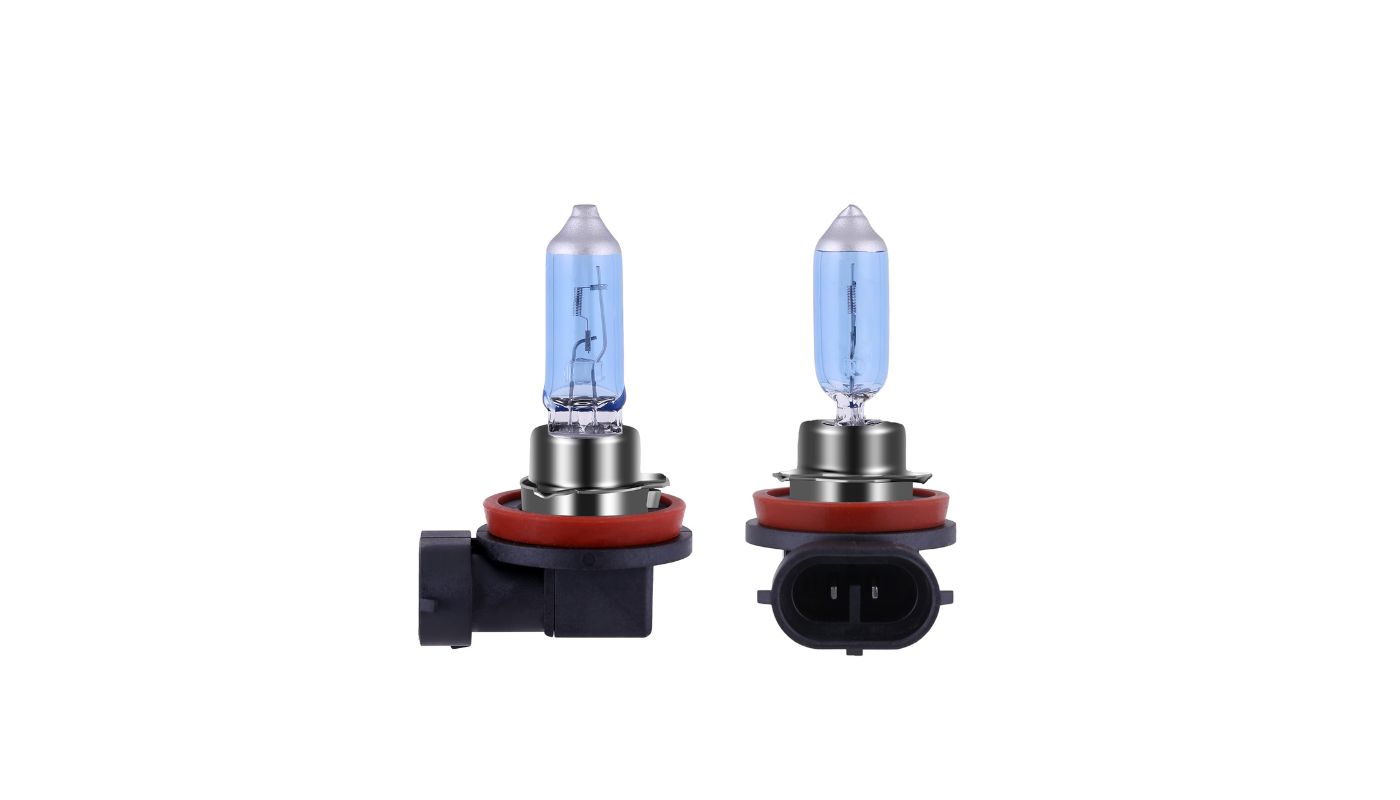
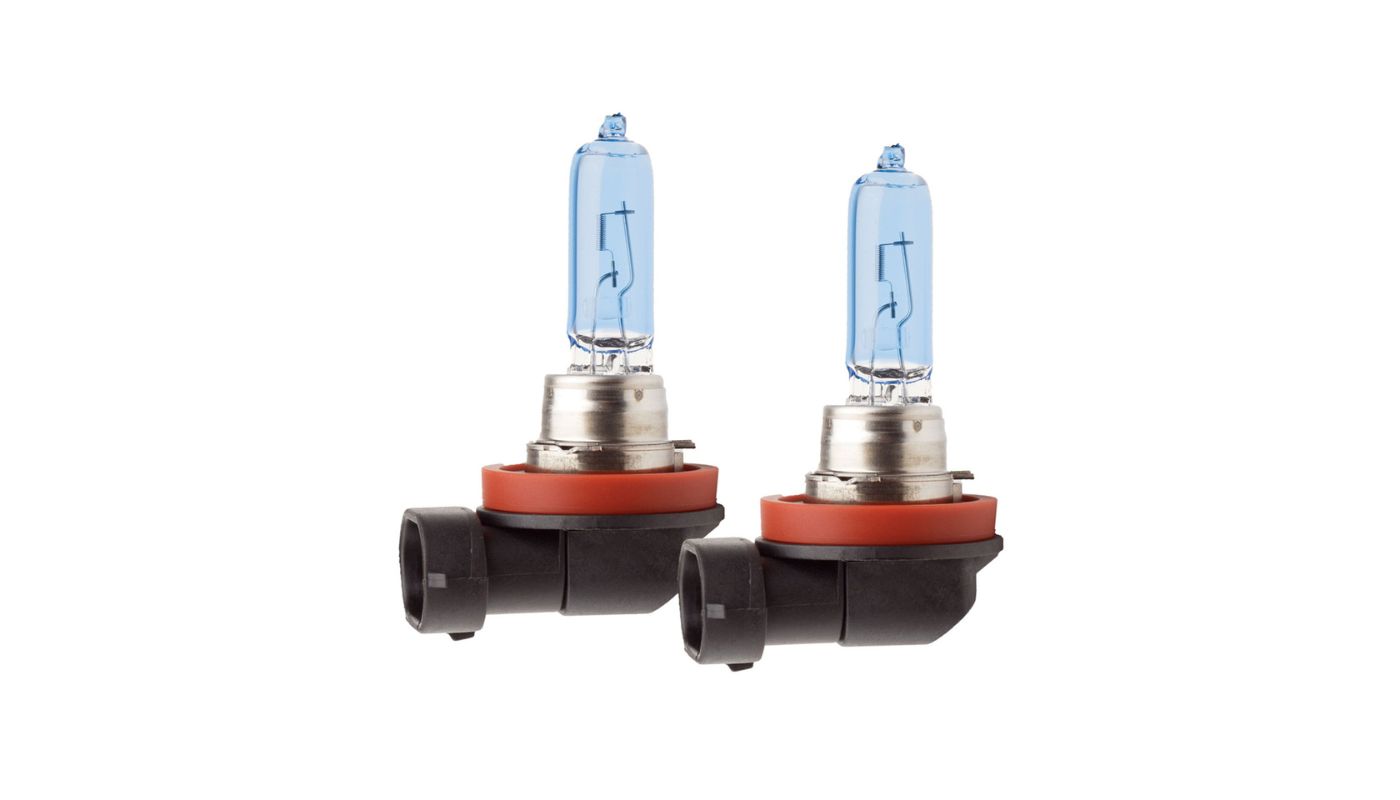
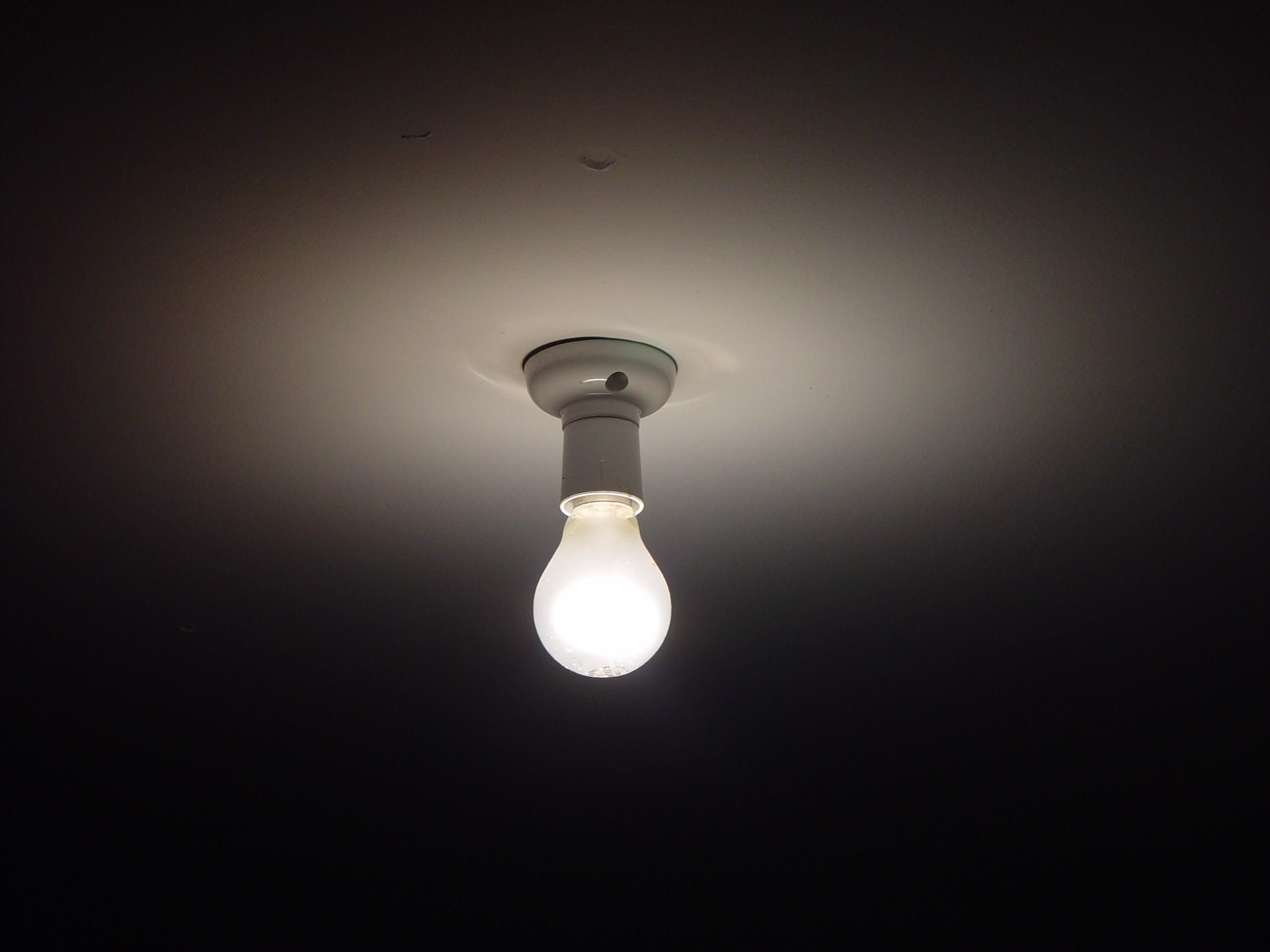
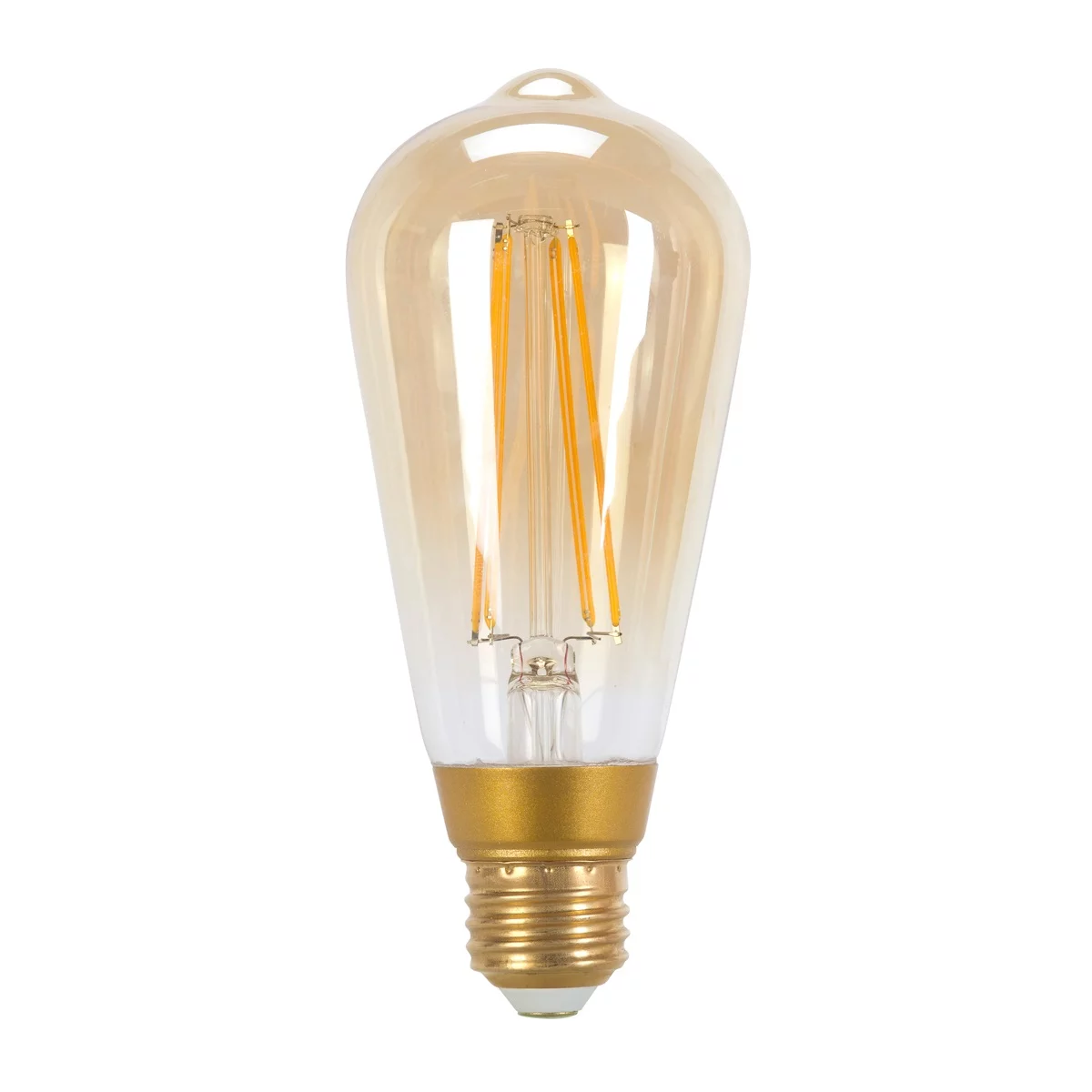
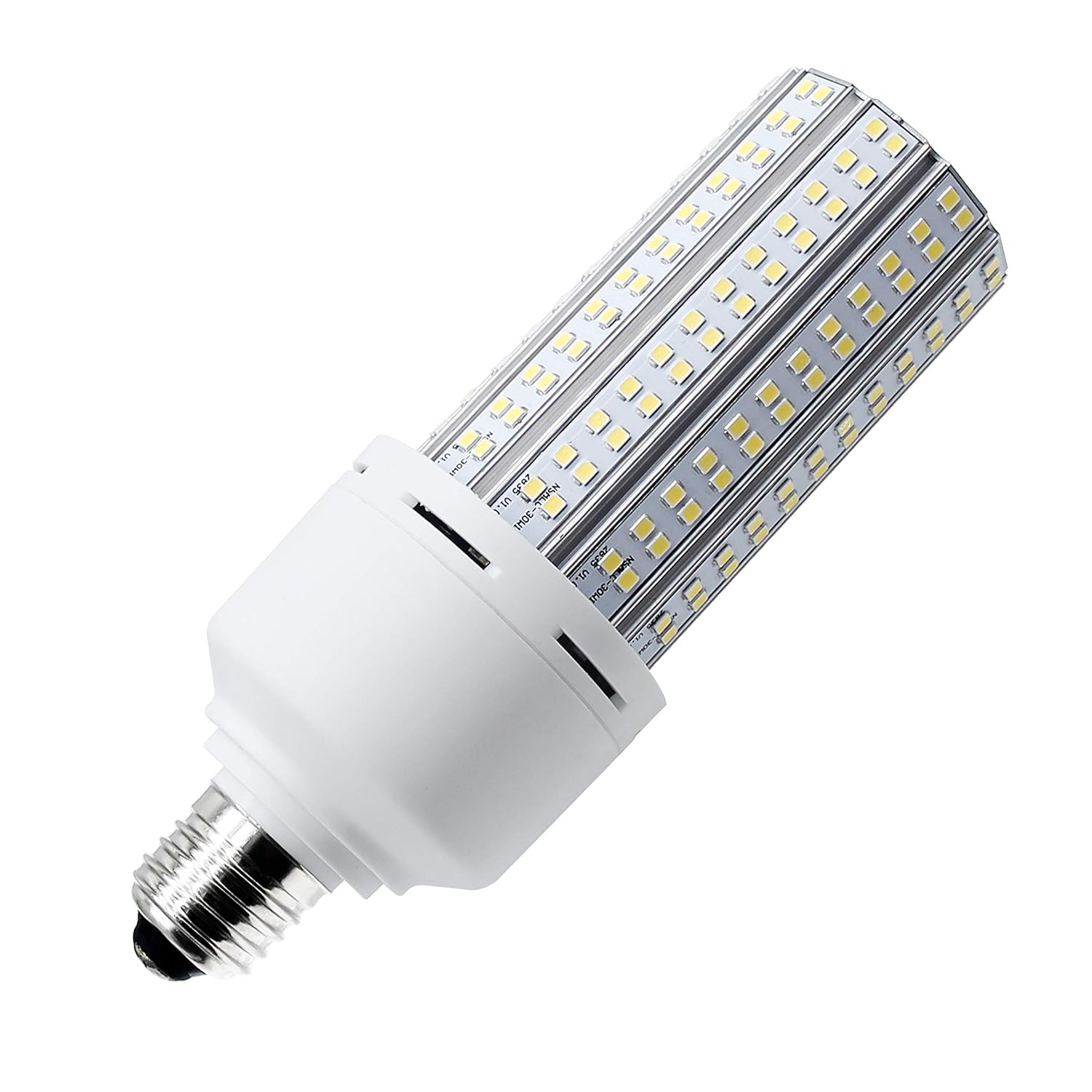
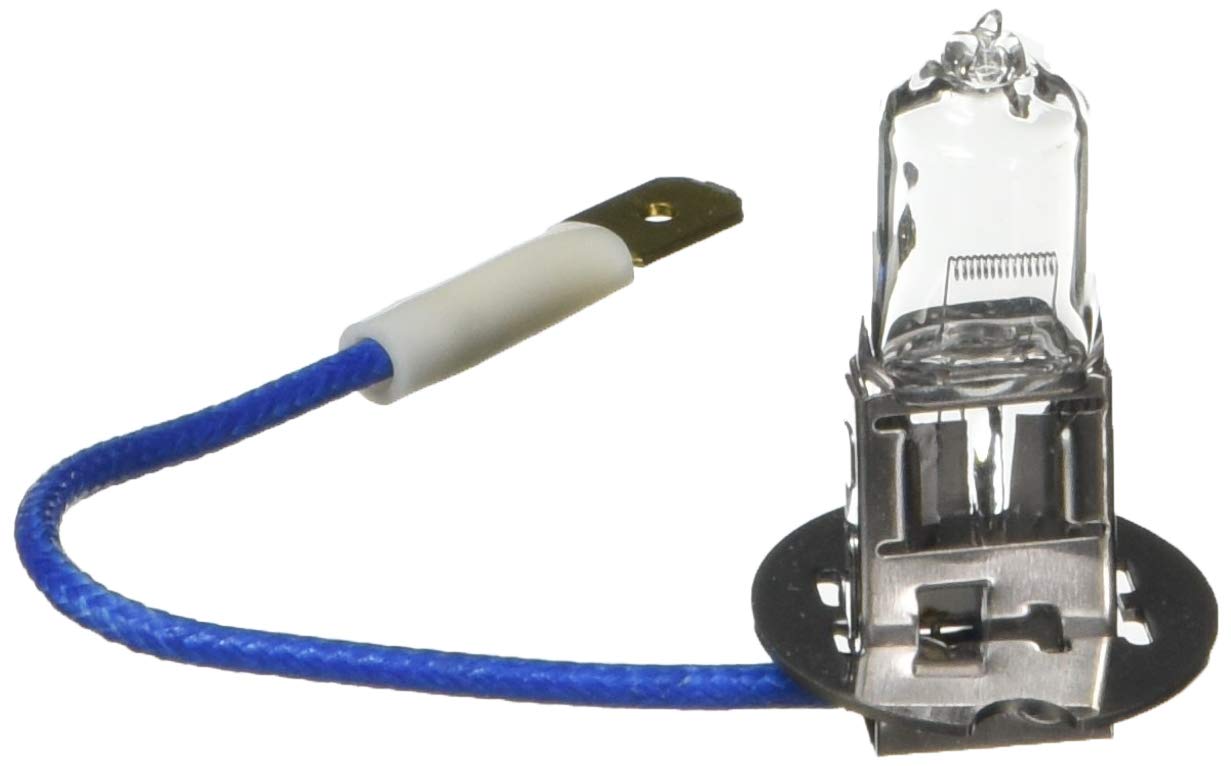
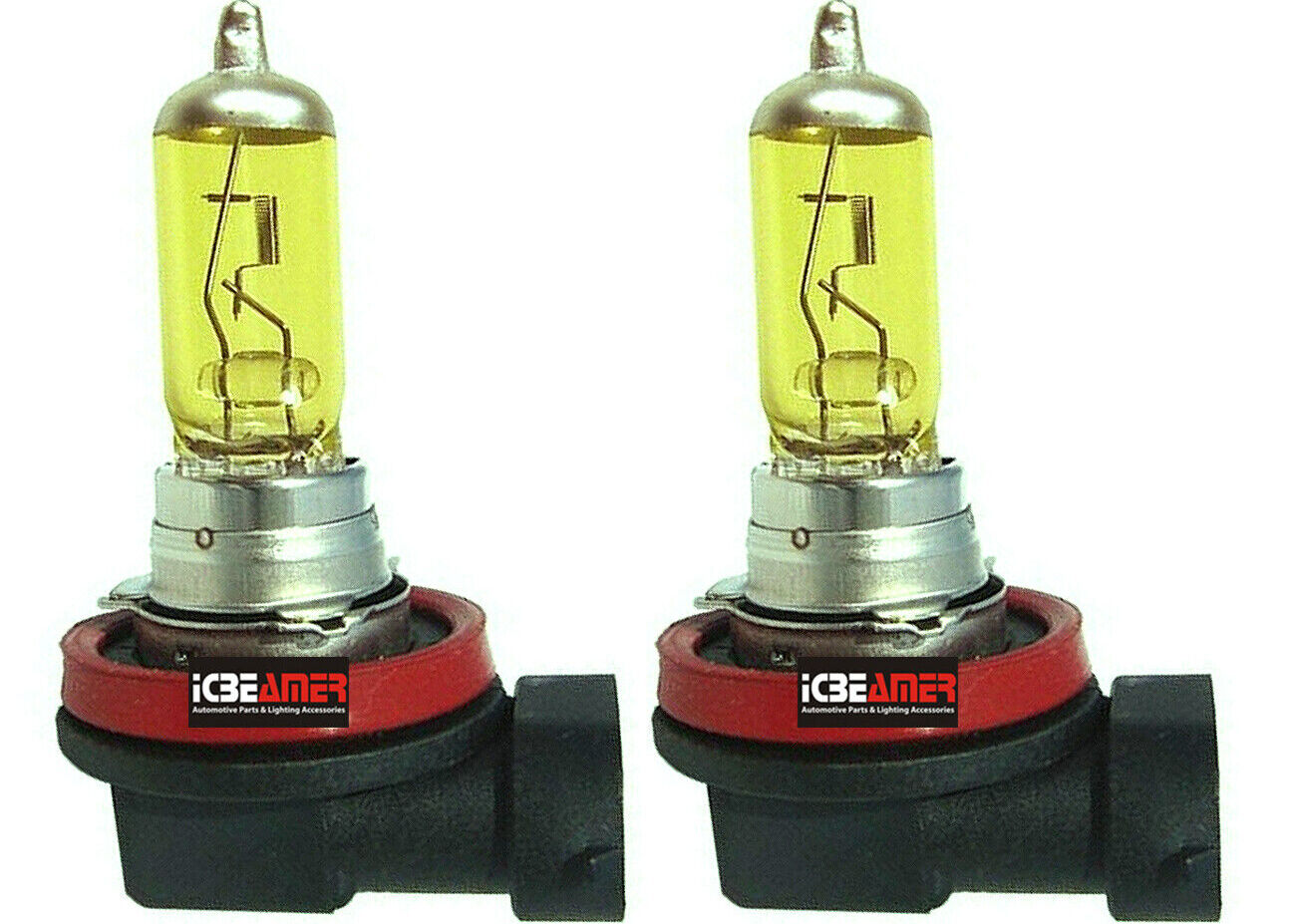

0 thoughts on “How Many Lumens Is An H7 Halogen Bulb”